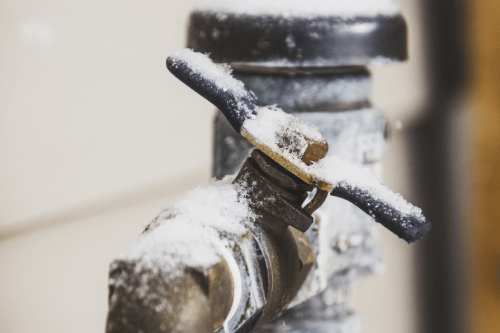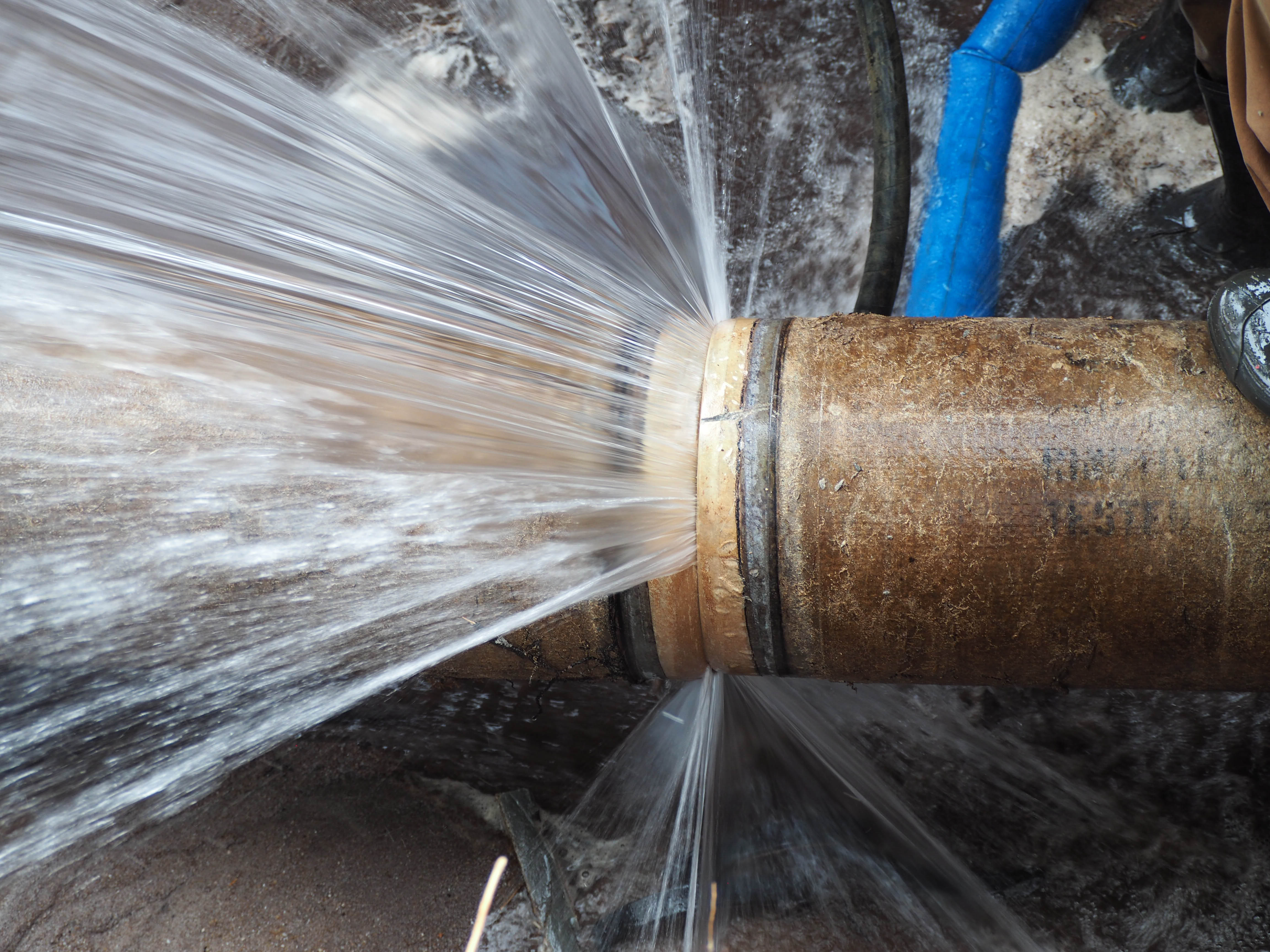Preventing Frozen Pipes in Winter: Key Advice
Preventing Frozen Pipes in Winter: Key Advice
Blog Article
We've encountered this great article involving How to Prevent Your Pipes From Freezing below on the internet and concluded it made sense to share it with you in this article.

Cold weather can ruin your pipes, particularly by freezing pipes. Right here's how to prevent it from taking place and what to do if it does.
Introduction
As temperatures drop, the threat of frozen pipes boosts, potentially leading to pricey repair services and water damage. Recognizing just how to avoid frozen pipelines is essential for house owners in chilly environments.
Prevention Tips
Insulating at risk pipelines
Wrap pipes in insulation sleeves or utilize heat tape to safeguard them from freezing temperature levels. Concentrate on pipelines in unheated or exterior areas of the home.
Home heating strategies
Maintain indoor areas properly warmed, specifically areas with plumbing. Open up cabinet doors to permit cozy air to circulate around pipelines under sinks.
Exactly how to determine frozen pipes
Try to find lowered water circulation from faucets, uncommon smells or noises from pipelines, and visible frost on exposed pipelines.
Long-Term Solutions
Structural adjustments
Take into consideration rerouting pipes away from exterior wall surfaces or unheated areas. Include added insulation to attics, cellars, and crawl spaces.
Updating insulation
Invest in high-grade insulation for pipelines, attic rooms, and walls. Proper insulation helps maintain consistent temperature levels and decreases the risk of icy pipes.
Shielding Outdoor Plumbing
Garden tubes and outdoor taps
Separate and drain garden hoses before winter season. Install frost-proof spigots or cover exterior taps with insulated caps.
Recognizing Frozen Pipelines
What creates pipelines to ice up?
Pipelines freeze when revealed to temperature levels listed below 32 ° F (0 ° C) for prolonged durations. As water inside the pipelines freezes, it broadens, putting pressure on the pipe wall surfaces and potentially creating them to break.
Dangers and damages
Icy pipelines can bring about supply of water disruptions, building damages, and costly fixings. Burst pipes can flood homes and cause substantial structural damages.
Indications of Frozen Pipes
Recognizing frozen pipelines early can stop them from breaking.
What to Do If Your Pipelines Freeze
Immediate actions to take
If you think icy pipelines, maintain faucets available to alleviate pressure as the ice melts. Use a hairdryer or towels soaked in hot water to thaw pipes gradually.
Verdict
Protecting against icy pipelines needs proactive steps and fast actions. By comprehending the causes, indicators, and safety nets, home owners can secure their pipes during cold weather.
5 Ways to Prevent Frozen Pipes
Drain Outdoor Faucets and Disconnect Hoses
First, close the shut-off valve that controls the flow of water in the pipe to your outdoor faucet. Then, head outside to disconnect and drain your hose and open the outdoor faucet to allow the water to completely drain out of the line. Turn off the faucet when done. Finally, head back to the shut-off valve and drain the remaining water inside the pipe into a bucket or container. Additionally, if you have a home irrigation system, you should consider hiring an expert to clear the system of water each year.
Insulate Pipes
One of the best and most cost-effective methods for preventing frozen water pipes is to wrap your pipes with insulation. This is especially important for areas in your home that aren’t exposed to heat, such as an attic. We suggest using foam sleeves, which can typically be found at your local hardware store.
Keep Heat Running at 65
Your pipes are located inside your walls, and the temperature there is much colder than the rest of the house. To prevent your pipes from freezing, The Insurance Information Institute suggests that you keep your home heated to at least 65 degrees, even when traveling. You may want to invest in smart devices that can keep an eye on the temperature in your home while you’re away.
Leave Water Dripping
Moving water — even a small trickle — can prevent ice from forming inside your pipes. When freezing temps are imminent, start a drip of water from all faucets that serve exposed pipes. Leaving a few faucets running will also help relieve pressure inside the pipes and help prevent a rupture if the water inside freezes.
Open Cupboard Doors
Warm your kitchen and bathroom pipes by opening cupboards and vanities. You should also leave your interior doors ajar to help warm air circulate evenly throughout your home.

I am very occupied with 6 Ways to Prevent Frozen Pipes and I'm hoping you enjoyed reading our article. For those who enjoyed our blog entry plz be sure to share it. Thank-you for going through it.
Schedule Appointment Report this page